Swansea team develops faster, greener way of producing carbon spheres
Green Car Congress
DECEMBER 29, 2020
A fast, green and one-step method for producing porous carbon spheres—a component for carbon capture technology and for new ways of storing renewable energy—has been developed by Swansea University researchers. Carbon spheres range in size from nanometers to micrometers. Credit: ESRI, Swansea University.

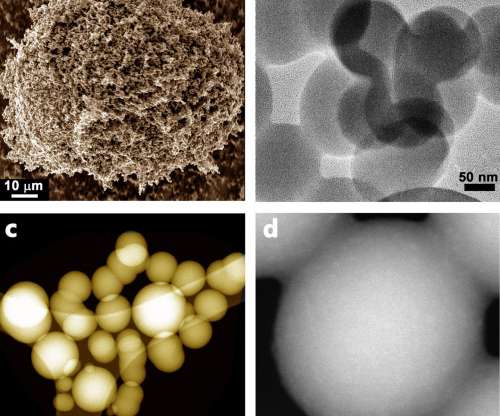
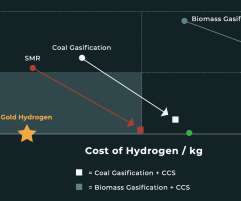
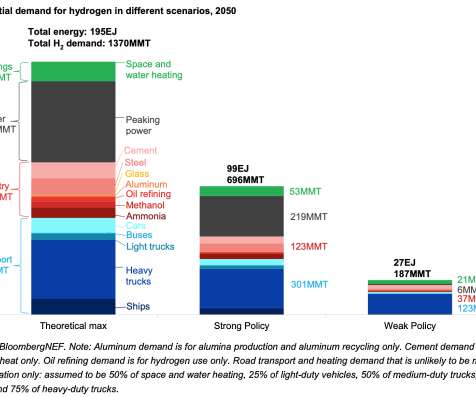



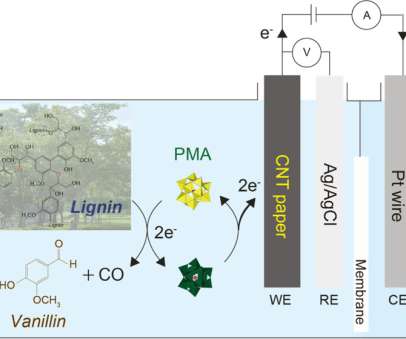


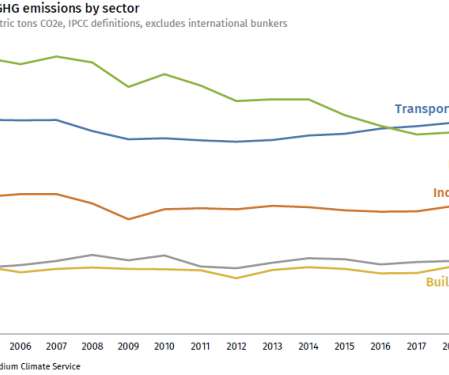



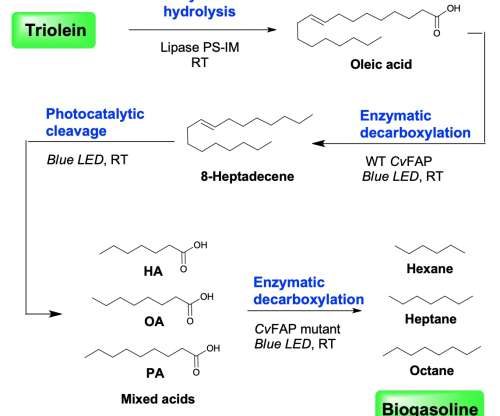










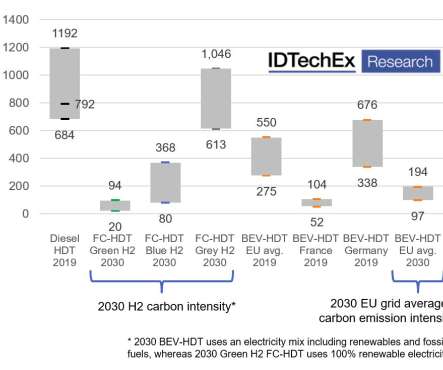





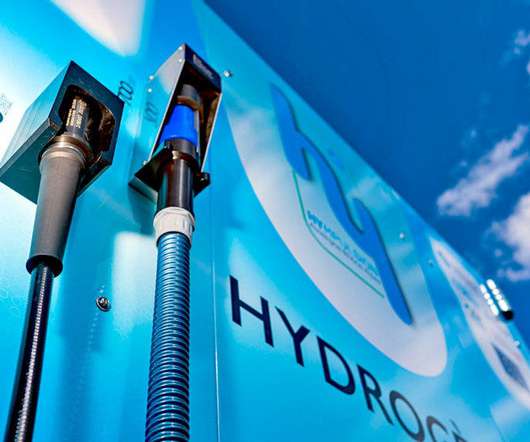





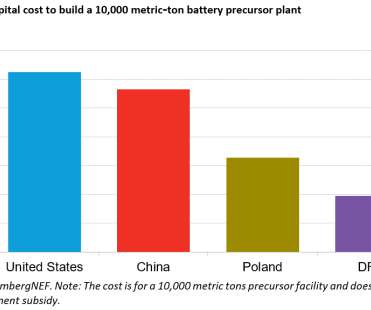







Let's personalize your content